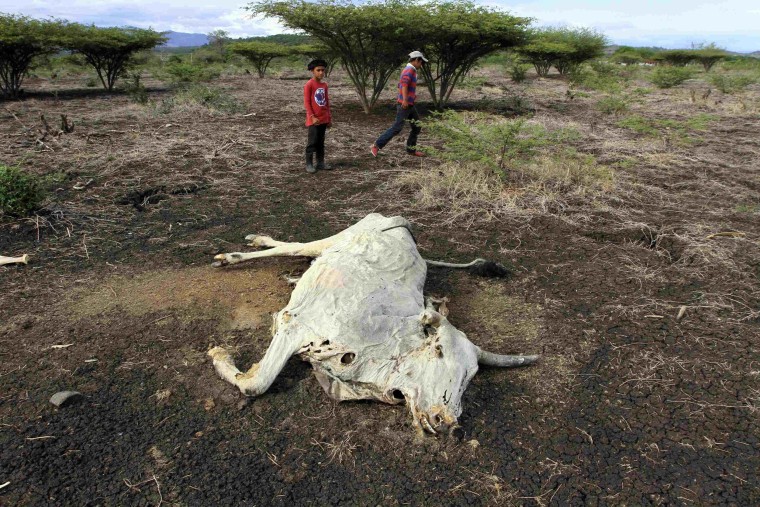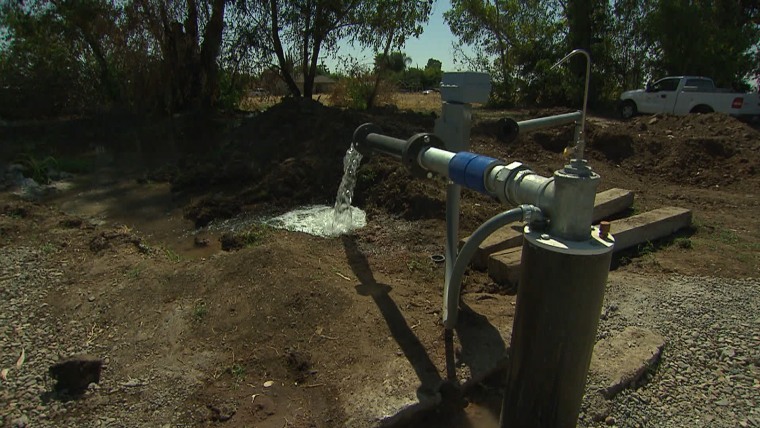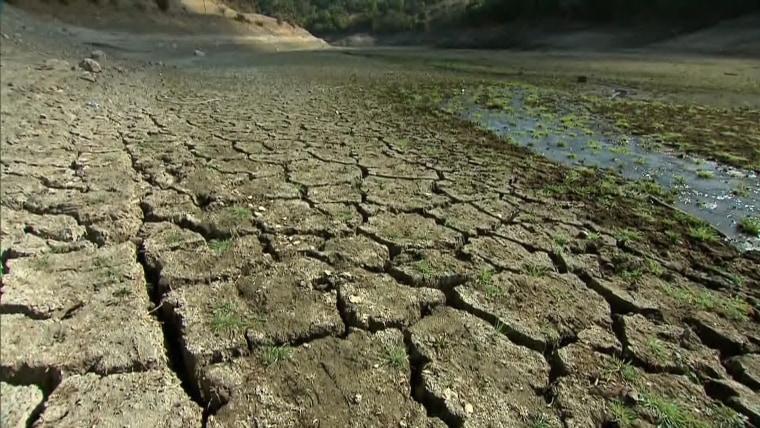Say “drought” and Americans are likely to think California, but the Golden State is hardly alone when looking across the Western Hemisphere: A dry spell has killed cattle and wiped out crops in Central America, parts of Colombia have seen rioting over scarce water, and southern Brazil is facing its worst dry spell in 50 years.
In the U.S., the few who have taken notice of this wider water scarcity include a former director of the U.S. Geological Survey. Now editor-in-chief of the journal Science, Marcia McNutt last month penned an editorial highlighting what she called “a drought of crisis proportions” across the Americas.
Worst hit has been Central America, where drought has created food shortages for 2.5 million people, most of them “subsistence farmers and families in highly food-insecure areas,” says Miguel Barreto, regional program manager for the U.N.’s World Food Program.
Droughts, and along with them plant diseases, are happening more frequently, says Lorena Aguilar, regional technical manager for the Famine Early Warning Systems Network, funded by USAID.
“The previous two years saw drought and this is the third,” she says, adding that this year was also the driest for most of Central America in 30 years of recordkeeping.
One of those diseases is known as coffee rust, which has reduced harvests as well as supplemental income for many subsistence farmers, Barreto says, “creating a critical situation in the poorest populations.”
The U.S. recently pledged $10 million in aid, but the WFP said it needs $65 million to help drought victims and to replenish aid given out earlier due to the coffee rust.
Drought reaches farther south as well:
- Panama: The head of the Panama Canal warned that the biggest ships might not be let through in early 2015 if rainfall doesn’t restore water levels at the lakes that feed the canal’s locks.
- Colombia: Some northern areas where rain hasn’t fallen in two years have seen riots over water.
- Venezuela: Water rationing became mandatory in some areas.
- Bolivia: Thousands of forest fires were attributed to the worst drought in 30 years.
- Brazil: A third of southern Brazil’s 21 million people face water shortages. Parts of Sao Paulo, Brazil’s biggest city, have been rationing water since February.
In Central America, heavy rains since late September “helped alleviate” the drought in some areas, says Wassila Thiaw, international team lead at the U.S. Climate Prediction Center. But, he adds, that’s also meant crop damage in parts of Guatemala and El Salvador.
Short term, Thiaw says, the forecast across Latin America has improved, though northern Brazil could see a rainfall deficit through January.
A critical variable is El Nino, the periodic warming of the Pacific Ocean that impacts weather globally and, in Central America’s case, dries out areas along the Pacific Coast.
“We do not have an El Nino yet,” says Thiaw, although eastern Pacific waters are warmer than normal.
Longer term, a big question is how global warming might impact droughts.
A study published in January in Nature Climate Change concluded that “increased heating from global warming may not cause droughts but it is expected that when droughts occur they are apt to set in quicker and be more intense.”
Other studies have cited specific examples of that. In Latin America, Brazil’s southern Amazonia has seen its dry season become three weeks longer in the last 30 years, a study last year found.
But some drought studies have come to conflicting conclusions, and a 2010 study even had to be corrected in 2012 to better factor in precipitation and evaporation variables.
“There is still a lot of background variability in the climate system that is masking the global warming signal,” says Ben Cook, a NASA climate scientist and lead author of a recent paper that concluded Western North America, Central America and the Amazon will see “robust” drying this century. “So we can say that there is some evidence that warming is making droughts worse in these areas, but there is still a lot of uncertainty.”
It’s even tougher to zero in on a region like Central America to determine if climate models predicting a drier future have held up.

“I’d say it is too soon to tell, in large part because of the amount of variability in the region’s climate system combined with the limitations of existing climate observations,” says Kevin Anchukaitas, a climate researcher specializing in Central America for the Woods Hole Oceanographic Institution.
For Barreto, the WFP’s regional program manager, the danger of a warming world is not just about drought but other “more intense and frequent extreme weather” — especially hurricanes — across Central America and the Caribbean.
The region also has that more immediate concern: El Nino. The National Weather Service said in its monthly forecast that a weak El Nino might develop over the next month or two and last into next spring. The question is whether that would bring enough rain.
“It’d be very rare to have drought four years in a row,” says Aguilar, “but then again we don’t know what El Nino will do.”


